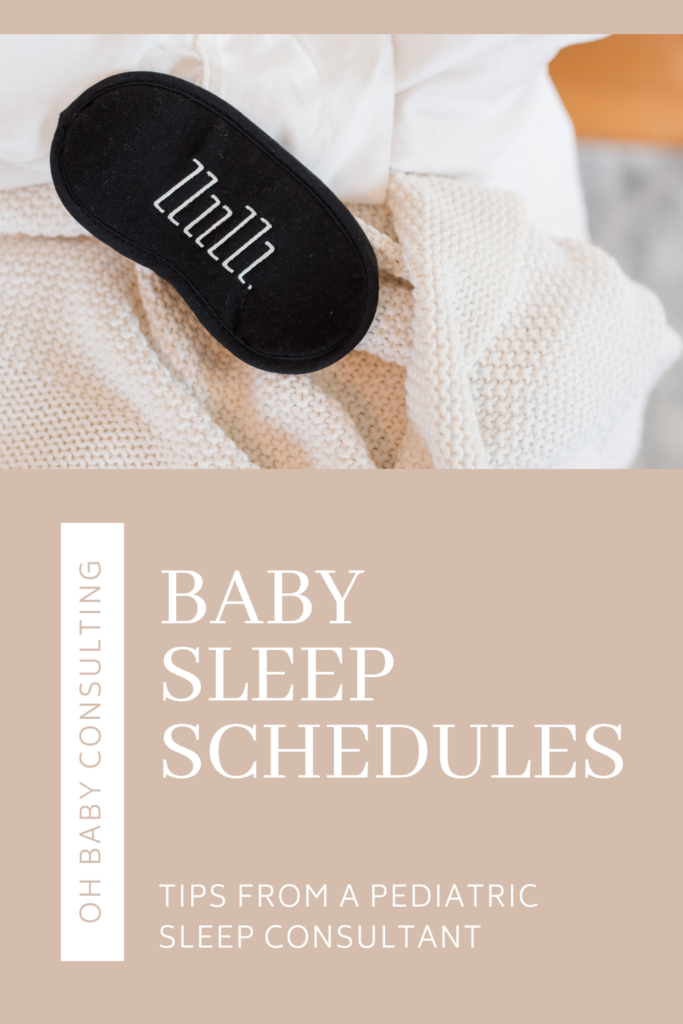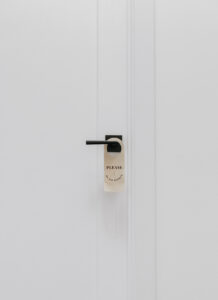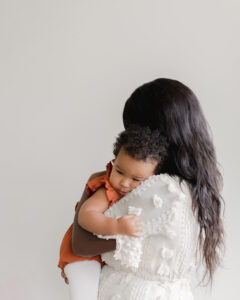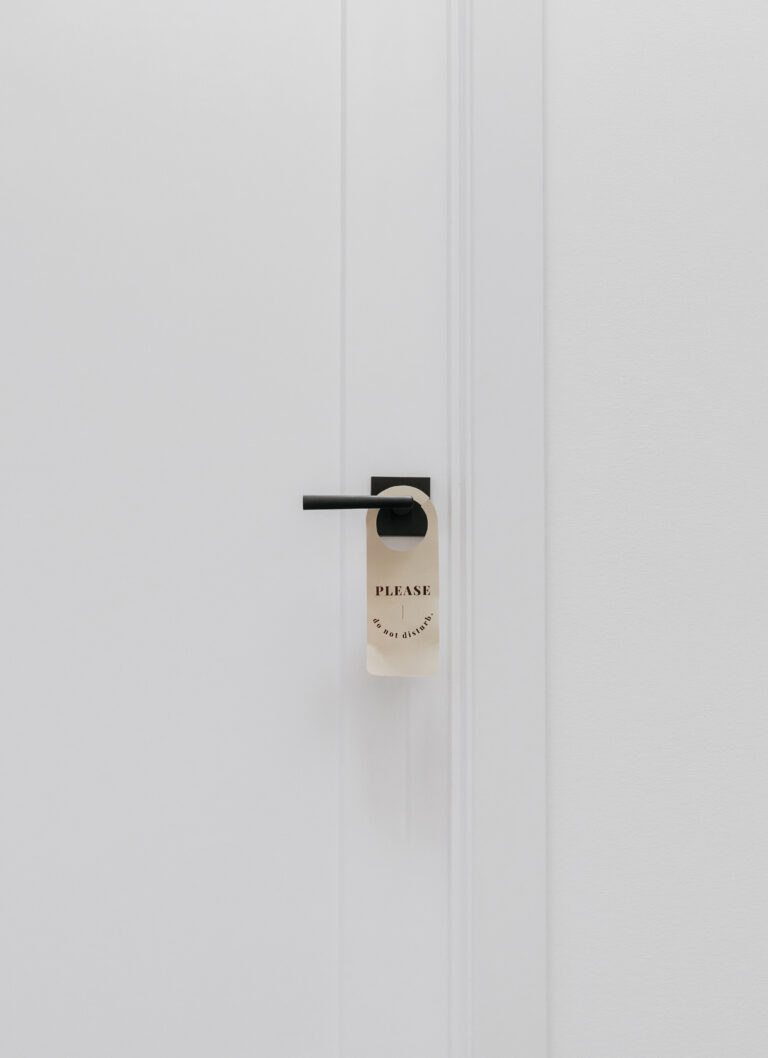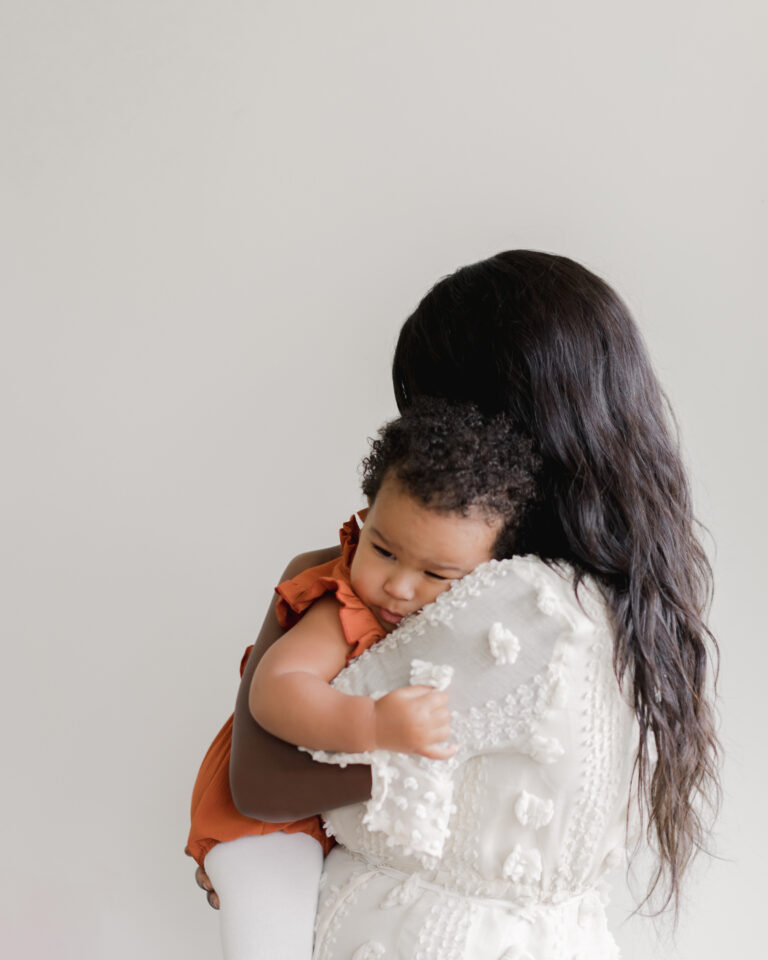Having a nap & bedtime schedule for your baby can be enormously helpful in both structuring your day and helping them sleep better. But the world of baby sleep schedules can be overwhelming and confusing. I want to help you nail down an age-appropriate schedule for your child using wake windows and restore a sense of predictability to your days.
What are wake windows?
Wake windows are the time your child spends awake between two sleep periods. This could mean the time between waking for the day and going down for nap 1, the time between any two naps, and the time between the last nap of the day & bedtime.
For newborns, wake windows begin from the moment their eyes pop open. For older babies & toddlers, wake windows begin when they come out of their crib.
Why are wake windows important?
Wake windows are important to be mindful of because your child only has so much stamina before they need to sleep again. Getting them down for sleep within their ideal wake window will yield a much smoother falling asleep process. If you exceed this window, your child’s body will begin to produce stimulating hormones like adrenaline & cortisol which can make it much more difficult to both fall asleep & stay sleeping soundly. Being overtired can lead to sleep battles, short naps, fragmented nights, and even early morning wake ups.
However, on the flip side, putting your child down too early – when not enough sleep pressure has built up – can also yield sleep difficulties.
Think of it like eating the perfect avocado. You buy a hard, unripe, green avocado from the grocery store and bring it home where it sits on the counter for some time. You’ll keep an eye on it, maybe give it a squeeze here and there to see just how close it is to being perfectly ripe. And suddenly, it’s ready to eat! But you better get to it quickly or the next thing you know it will be brown and there go your dreams of a perfect avocado.
What is my child’s wake window?
Wake windows obviously grow with age as your child gains more stamina. And because we know babies are human and not robots, two babies of the same age may have slightly different wake window tolerances. For this reason, wake windows ranges are often recommended. See the chart below to determine an age-appropriate wake window range for your child.
A quick note before using: younger babies may be best with awake time at the beginning of the proposed range whereas older babies may do best with an awake time near the end of the range. Additionally, for babies on multiple naps, we typically see the long(est/er) wake window at the end of the day so if you begin with wake times towards the beginning of their range early in the day, you oftentimes can stretch baby to the middle/top of their range as the day goes on.
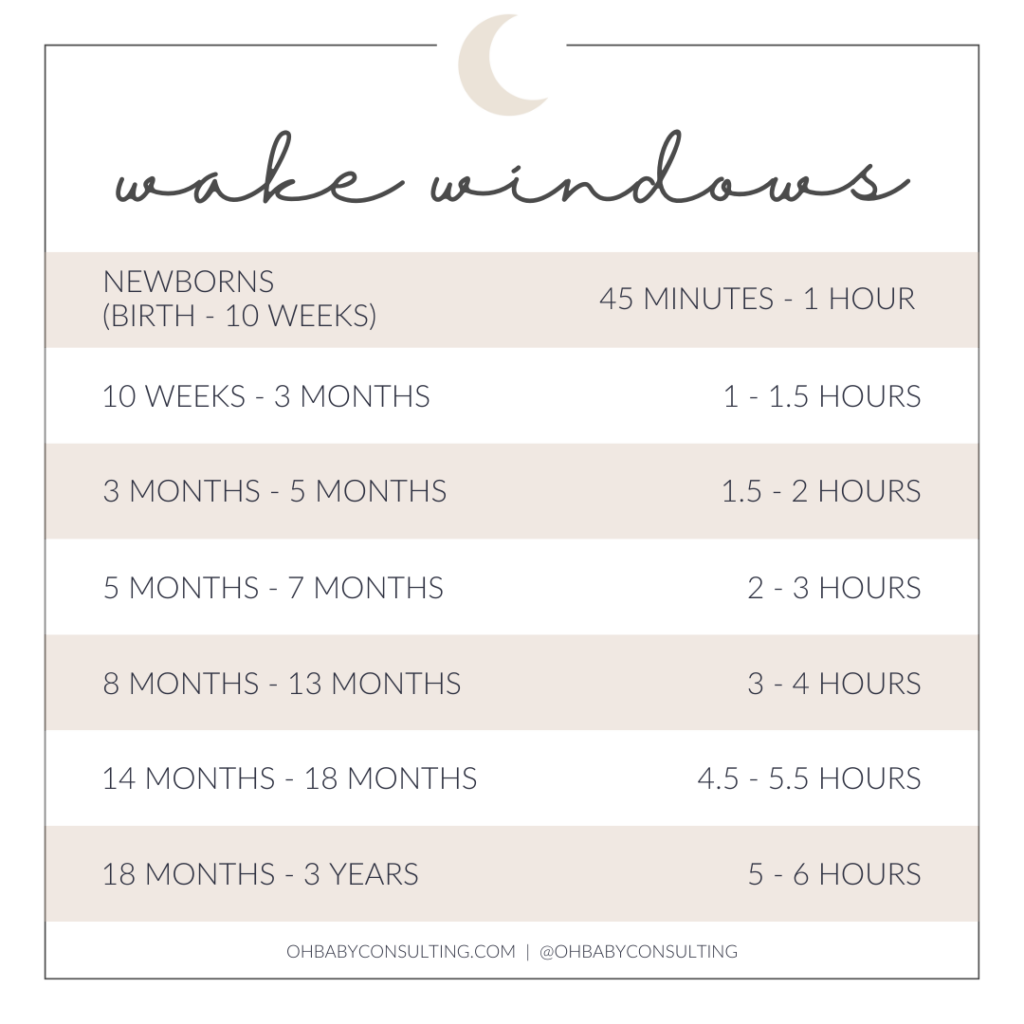
But what about sleep cues? My child acts tired before their wake window is up!
Sleep cues are absolutely a thing you want to be mindful of. Eye rubs, ear tugs, and yawns…those are definitely sleep cues. While we do want to honor those cues (and they’re really helpful when you’re trying to home in on where your child falls within a wake window range), the risk we run when we only pay attention to sleep cues is that they can be misleading. Your child may be exhibiting what you assume to be sleep cues, but in reality they are just bored, over/under-stimulated, and/or need a change in activity. A random sleep cue could lead to a short nap because your child wasn’t actually tired and ready for a nap. Then, that short nap can lead to a thrown-off schedule because it ended too soon.
My rule of thumb is if your child is showing sleep cues 5-10 minutes before the end of their awake window, go ahead and get them down a little early. But if it’s a full 30-60 minutes before, try changing activities first!
Okay, I’ve nailed awake windows but my child still fights sleep/takes short naps.
It’s important to remember that an age-appropriate schedule is only one piece of the sleep puzzle. If your child is battling you at bedtime, waking up frequently through the night, or taking short naps, it may be because they don’t know how to sleep independently yet. But don’t worry – this is something they can totally learn!
If sleep is a struggle, I’m here to help you through one-on-one sleep coaching or my online baby sleep course. Your family deserves a good night’s sleep and the confidence of predictable daytime naps.
Don’t let wake windows rule your life!
Even though I’ve stressed the importance of wake windows, the last thing I want you to do is stress about them. They are meant to be helpful in guiding your day & creating a schedule; they are not meant to feel restricting.
I love using wake windows as a guide to help create a schedule, but over time the idea is that you begin to see patterns in nap timing & length, and these patterns will emerge into a more predictable clock-schedule. You do not have to calculate wake windows every single day. If sleep times are constantly changing drastically, it could be because your child is not sleeping independently. Sleep training can help things become more consistent and help you find a better rhythm to your day.
And of course, if this is something you’d like my support with, I’m here for you!
